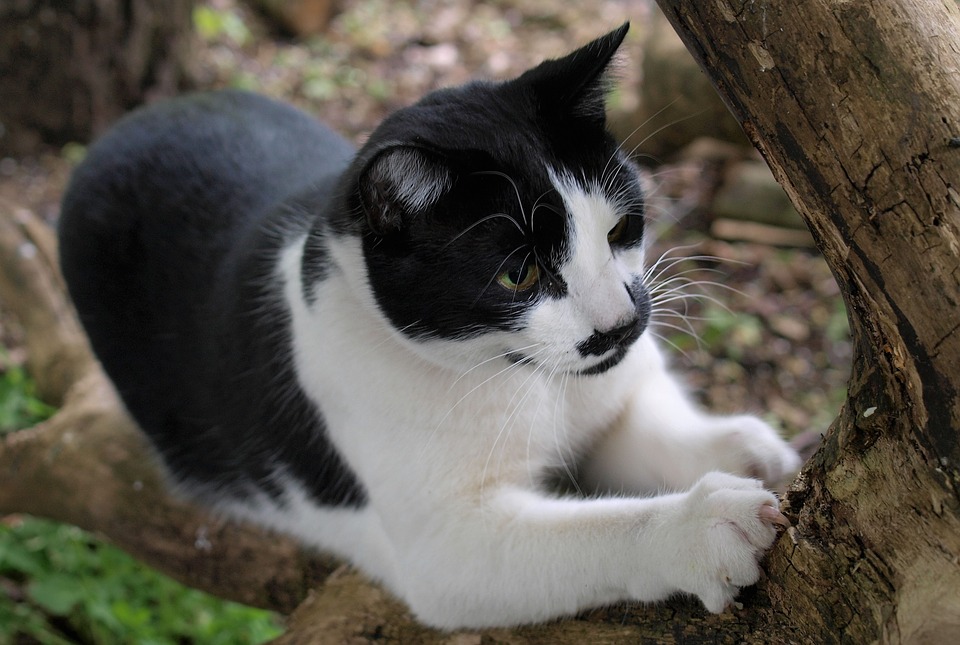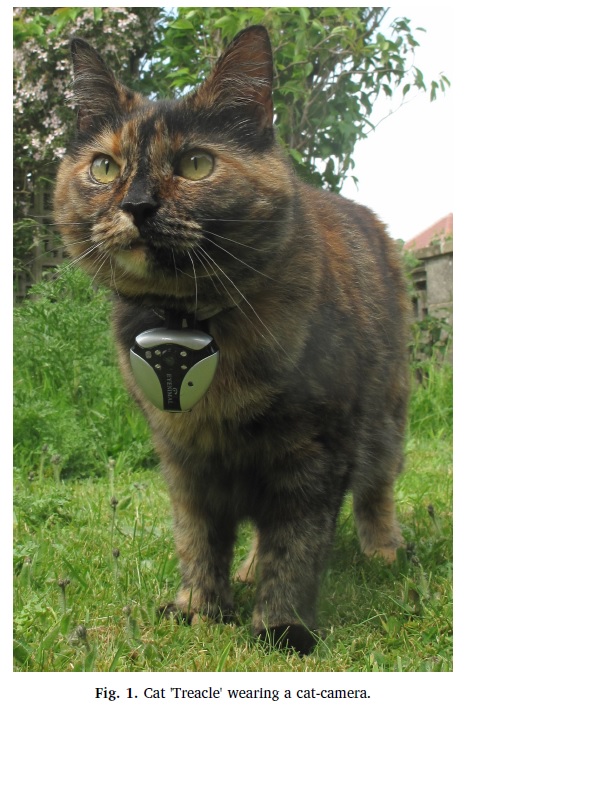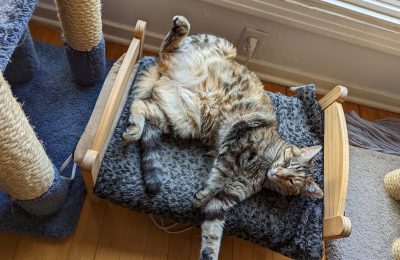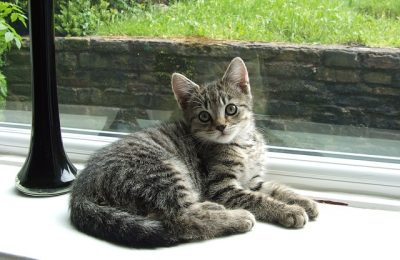We are lucky to be in a time where more people are studying cat behavior. But what are some of the best methods we should use to understand cats better? A new study looks at whether not placing a camera on a cat directly is a good way to determine what the heck they’re getting up to. Sometimes it’s difficult to observe cats at all times, or they may change their behavior when people are around, so a catcam would be handy way to observe cats in a remote way.

The study, titled The Use of Animal-Borne Cameras to Video-track the Behavior of Domestic Cats started by placing small cameras on 21 pet cats with outdoor access. The cameras weighed around 32 g which is well within the recommended weight guidelines for placing objects on animals to track their behavior. Cats who seemed bothered by wearing the camera (5 cats) were removed from the study, leading 16 cats remaining in the study. These cameras were able to generate video footage from the cat’s point of view.
In order to determine if what was seen on the cat camera was a good way to determine what the cat was actually up to, the researchers also simultaneously filmed the cats during a significant portion of the study, so they could directly compare what they observed with what the catcam observed.
The authors observed 36 different behaviors including sleeping, walking, jumping, eating, hunting, digging… and these behaviors were based on a previous study that provided a very detailed ethogram (a detailed catalog of all observed behaviors ) of what felines do.
After the researchers had generated all of this video footage, it needed to be coded and validated. They tried a few different methods of quantifying what they observed: one was to code everything — we call this continuous observation. Then they also went through and checked the video every 10 seconds and noted what the cat was doing. This “instantaneous” sampling of behavior could be a big time saver if effective. Coding hours of video is a very labor-intensive endeavor, even though it provides a very thorough picture of what is happening. So by comparing that continuous observation with the instantaneous observation, the authors could determine whether or not you can use a shortcut. Finally, the authors wanted to know the minimum amount of footage that was needed to accurately represent what the cats were getting up to.
The results suggested that many behaviors could be determined from the catcam generated footage alone. These included vocalizations, scratching an object, grooming, eating, and jumping. However, some specific behaviors were difficult to distinguish based on the camera footage, such that a general category of behavior could be determined, but the specific behavior was a bit more challenging to identify, such as resting vs. lying down, or walking vs. trotting.

https://pixabay.com/photos/cat-animal-scratching-2576794/
The ability to use instantaneous sampling as an accurate representation of behavior was highly dependent on the type of behavior as well as its frequency. Common behaviors that are very brief in duration such as vocalizations or jumping were often missed. Behaviors such as lying down or walking were easier to get accurate representation using the instantaneous sampling because they are more common and also tend to be longer in duration. The authors also recommended that individual cats be observed at least 40 times to get an accurate sense of how they spend their time, keeping in mind that their sessions were a minimum of 8 minutes of observation (but the average length of their sessions was over an hour).
This study provides us with important guidelines for how we study cats, in this case these were cats with outdoor access. A lot of times we just look at research results, without really diving deep into the methods. Another nice thing is that the authors provide a lot of cool video footage from the study, and if you’re interested in how people study cats I recommend that you take a look. Unfortunately, it seems like taking shortcuts when it comes to observing cat behavior may come at a price. But depending on your research question, there may be times where it’s equally effective. Cameras that are worn by animals are just one of many cool new ways to use technology to better understand cat behavior!
Huck, M., & Watson, S. (2019). The use of animal-borne cameras to video-track the behaviour of domestic cats. Applied Animal Behaviour Science.



